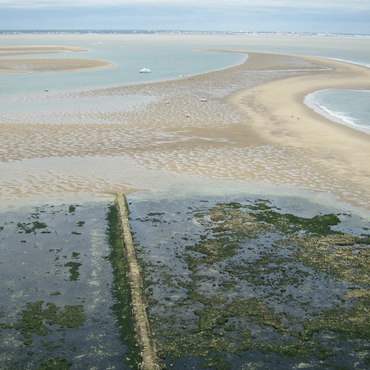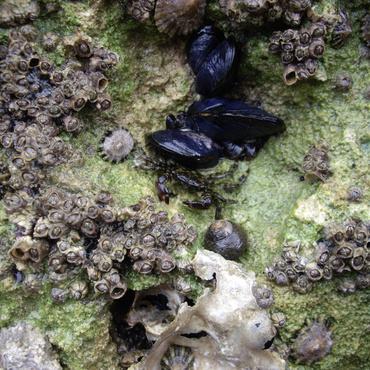
- Home
- The island of Cordouan
- An ever-changing naturak site
- The estuary, a source of life
Even though humans sometimes build barriers, factories and villages, they must also live with water. Some of the world's best wines, which grow on the left bank, take strength from the sun and also from the omnipresent water. Over the centuries, additional benefits, such as arable land and protection for cities and river transport, have been drawn from the river by building barriers and from dredging activities. More worrisome, however, is the quality of water from industrial basins and urban areas further upstream. The Gironde Estuary, nearly one hundred kilometres long, is home to this wide range of life and activity. It is called a wild estuary because, in comparison to other French waterways, its banks are relatively undeveloped. Its length and hydro-sedimentary action mean that the old saying still applies– nothing is created there, but everything is transformed. Sometimes, a mass of sediment that is so large that it cannot be transported by the river, settles. The estuary's islands were formed by such alluvial deposits, and some were later held in place by barriers. Towards the mouth of the estuary, more solid minerals are crushed into pebbles and then into sand. Whether airborne or subaquatic, sand remains a mobile element. Sands from the ocean or the nearby shores are deposited for a time in shoals or on rocky outcroppings near the coast. Life develops quickly – flora and fauna flourish that are impervious to heat, salt and flooding. But it is a tenuous existence.
